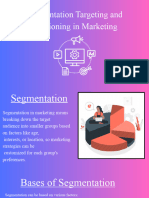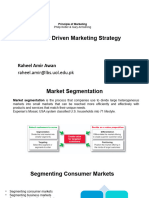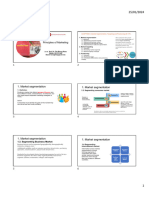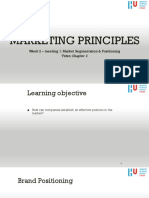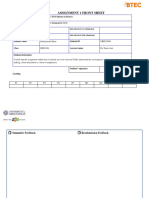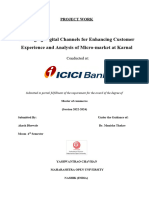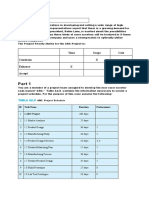0% found this document useful (0 votes)
21 views3 pagesExample 1
The document outlines target market profiles, differentiation and positioning strategies, and value propositions for three brands: Coca-Cola, Apple iPhone, and Nike Running Shoes. Coca-Cola targets a broad demographic seeking refreshment and connection, while Apple focuses on innovation and premium design for tech enthusiasts. Nike appeals to fitness-driven consumers with high-performance gear that enhances running experiences.
Uploaded by
Shayan BalochCopyright
© © All Rights Reserved
We take content rights seriously. If you suspect this is your content, claim it here.
Available Formats
Download as DOCX, PDF, TXT or read online on Scribd
0% found this document useful (0 votes)
21 views3 pagesExample 1
The document outlines target market profiles, differentiation and positioning strategies, and value propositions for three brands: Coca-Cola, Apple iPhone, and Nike Running Shoes. Coca-Cola targets a broad demographic seeking refreshment and connection, while Apple focuses on innovation and premium design for tech enthusiasts. Nike appeals to fitness-driven consumers with high-performance gear that enhances running experiences.
Uploaded by
Shayan BalochCopyright
© © All Rights Reserved
We take content rights seriously. If you suspect this is your content, claim it here.
Available Formats
Download as DOCX, PDF, TXT or read online on Scribd
/ 3




























